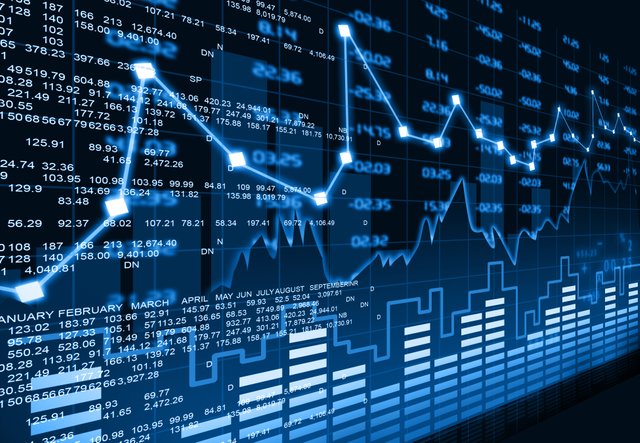Blockchain Technology

How will Blockchain revitalize Trade Finance?
Blockchain is a new method of data storage. It is storing data in the ledger or list format. What it means is that every time a data is edited in any way, each change is recorded on this ledger as a new data with a time stamp as to when was this change made without changing the original data. Similarly, all new data is added to the end of this list. Also, data can only be added to this ledger (list) and never be deleted. All data on this ledger is permanently registered and can never be deleted. This ledger is always visible to all users of the ledger. In this sense, it is very different from the traditional or current-world data structure where the data is stored in a central location and pulled out by the users as and when they need it. In Blockchain the data is visible to all participants of Blockchain all the time and there is no need to pull out data from some central server as and when there is a need to view the data. The data on Blockchain is not recorded as–is, instead is encrypted. Every piece of data on Blockchain is encrypted using cryptography. Each participant on the Blockchain can securely amend that ledger without the need for a central authority permission. The edit that any participant wants to do will be allowed or disallowed by the entire network based on whether the edit requested looks correct/incorrect to the people on the Blockchain network. The edit can be made basis a consensus among a minimum number of people on the block and does not depend on any one person’s approval or disapproval. Hence the system is free from censorship or central control of any kind. Because of the immutable public recording of data, Blockchain is very suitable to revolutionize Trade finance.
But, what is trade finance?
Trade finance is the activity of financing business, both domestic and international. It is used more often to refer international businesses than the domestic business.
These trade finance transactions include lending, issuing letters of credit, factoring, export credit and insurance.
1.These transactions make up an enormous portion of global trade – approximately 80 to 90 percent of world trade relies on trade finance.
2.Essentially, almost any time goods or services are bought or sold across any border, there is some form of trade finance involved.
Let’s take an example to help us understand this better. Say, ABC Company in the United States seeks to import a shipment of goods from supplier XYZ Company in China. The importer needs to pay for the ordered goods but is hesitant to do so before making sure that the goods will arrive as ordered. The exporter is also hesitant to ship the goods, without being certain that the payment will arrive for the goods they supply.
In this case, importer’s bank comes into picture, who issues a letter of credit to the exporter via the exporter’s bank promising to pay the exporter’s bank once documents (such as a bill of lading) has been provided by the exporter proving that the goods have been loaded onto the cargo ship, truck, or train. In this way, both the importer and exporter are protected, and the banks take on the role of holding the money for each party.
This structure has been in place for hundreds of years, with fairly little change in the process and in the substantial amount of physical paperwork being shuffled back and forth between the importer, exporter, importer’s bank, exporter’s bank, shipping company, receiving company, local shippers, insurers and others. With each step of the process, all the paperwork must be confirmed by various parties, ensuring its accuracy.
Each of these databases maintained by individual entities must be constantly reconciled against each other, and if there is an error in one document, corrective steps must then be taken to determine which (if any) copy of the document is correct.
Enter Blockchain! Because a Blockchain is updated quickly by each participant on the network to reflect the most recent transaction, it removes the need for multiple copies of the same document of information stored on numerous databases across various entities. And that is exactly how it will revitalize trade finance. A single Blockchain can embody all of the necessary information in one digital document which is a smart contract, which is updated instantly and runs automatically. Among the best of Blockchain's advantages is the speeding up of transaction settlement time (which currently takes days), increasing transparency between all parties, and unlocking capital that would otherwise be tied up waiting to be transferred between parties in the transaction.
Different Blockchain platforms for facilitating trade finance have already come up. These platform use distributed ledgers to better track goods as they're shipped and delivered; encrypt documentation more securely; and, by giving all parties equal access to the transaction record, makes it easier to authenticate a transaction more quickly, thereby reducing shipment and financial transaction times. These platforms may also process the payments involved in a trade.